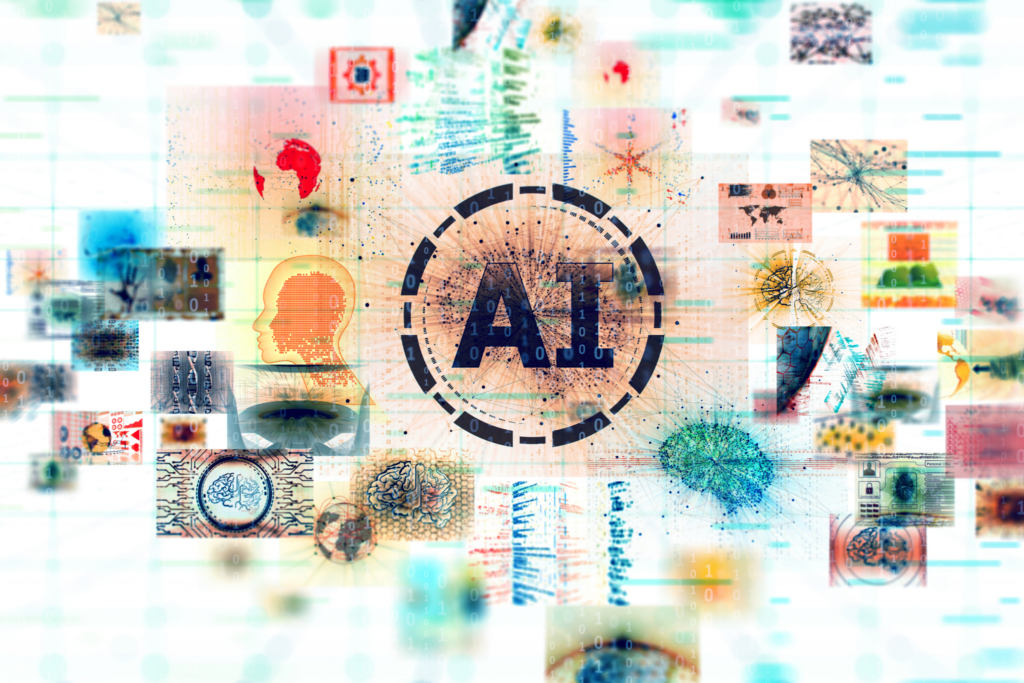Platform Engineering Takes Center Stage: Why Internal Developer Portals Are Replacing Ad Hoc DevOps

The headlong race to ship faster hasn’t killed DevOps. It has professionalized it. In boardrooms across the tech industry this spring, “platform engineering” is emerging as the shorthand for transforming yesterday’s homegrown CI/CD scripts into robust Internal Developer Portals (IDPs) complete with opinionated “golden paths.” According to Gartner, 80 percent of enterprises will formalize a platform engineering practice by 2026. The firm has called the discipline a strategic technology trend and the natural evolution of DevOps.
Why the Rush Toward Platform Engineering?
The answer is in the numbers. Tool sprawl and ticket fatigue are draining engineering teams and eroding productivity. A 2025 survey of 600 developers found that 75 percent lose between 6 to 15 hours each week due to context switching across an average of 7.4 tools. Port.io pegs the annual productivity cost of this fragmentation at roughly $1 million for a 50-developer team.
Unsurprisingly, more than half of those surveyed have adopted some form of developer portal. The most popular choices include open-source solutions like Backstage, commercial offerings such as Port and OpsLevel, and custom-built in-house platforms. These portals are becoming the digital front door to developer experience.
Under the Hood of a Modern IDP
Today’s Internal Developer Portals are not just dashboards. They are fully-fledged product stacks. A typical portal integrates Backstage as the front-end, with service catalogs, scorecards, and scaffolding connected to platform orchestrators like Humanitec or Kubernetes-native tooling. Policy engines set the guardrails, while real-time event streams feed telemetry back to FinOps and platform teams.
The architecture reflects a shift toward product thinking. Google Cloud’s template for a “golden path” which bundles a code repository, CI/CD pipeline, Terraform modules, and pre-approved security policies into a single self-service artifact is becoming the industry reference standard. It ensures developers can onboard quickly, stay compliant by default, and ship code with minimal friction.
CIOs Are Tying IDPs to Business Outcomes
CIOs are not investing in IDPs based on hype or intuition. Forrester’s latest Opportunity Snapshot reports that leaders are measuring success with classic DORA metrics such as deployment frequency, lead time for change, and mean time to recovery. But they are also tracking harder outcomes tied directly to revenue growth. These include faster time-to-market, improved developer satisfaction, and reduced cloud spend.
Softensity clients are seeing similar returns. One global fintech firm reduced environment provisioning time by 68 percent and cut its quarterly cloud overages by $420,000 after transitioning 400 microservices onto a structured, portal-based “paved road.”
Field Notes: Lessons from Real-World Rollouts
The rollout of platform engineering solutions has delivered clear lessons:
- Start with the backend, not the UI. Teams that lead with the front-end often spend 12 to 18 months wiring capabilities that come standard with modern platform orchestrators.
- Fight catalog rot proactively. At Softensity, we automate architecture decision record (ADR) checks with every code merge to ensure metadata remains accurate and actionable.
- Culture drives adoption. We embed platform engineers directly within product squads for 30-day “ride-alongs.” This tight integration helps teams see the portal as an enabler of productivity rather than another top-down requirement.
The New Face of DevOps
DevOps isn’t over. It has evolved into something more mature, measurable, and impactful. Internal Developer Portals are no longer side projects, they are becoming business-critical infrastructure. The organizations that will win in 2025 are those that approach platform engineering like a product, complete with roadmaps, versioning, and financial accountability.
For enterprises still relying on ad hoc scripting, the clock is ticking. This is the year to choose whether to build, buy, or partner. Because the golden path is no longer a luxury, it is the only route to sustainable engineering velocity.











